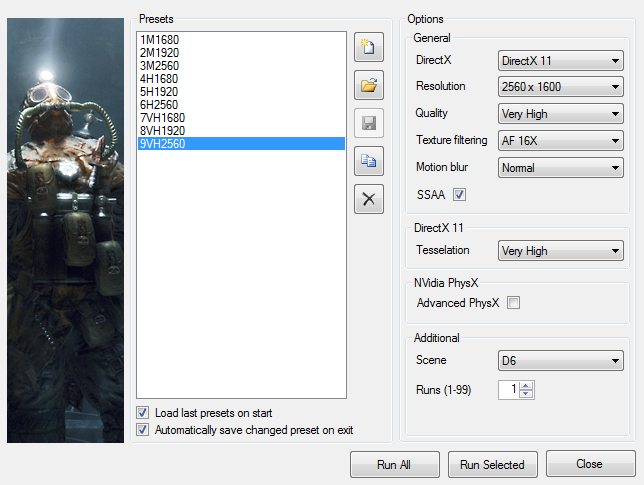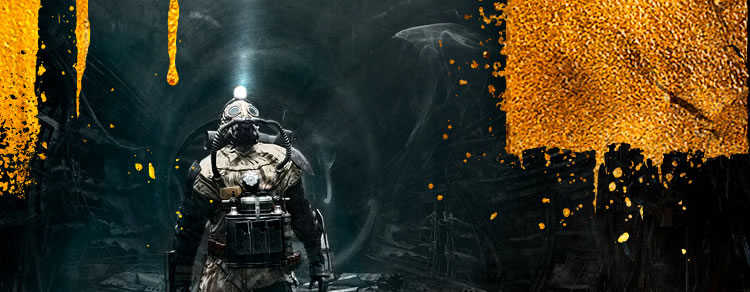When the Metro 2033 was released in 2010 it contributed to raise the PC graphics bar making good use of the latest DirectX 11 rendering technologies such as depth of field and tessellation along with high resolution textures.
Before that little was known about the developers of Metro. 4A Games was founded by Oles Shiskovtsov and Aleksandr Maksimchuk, former programmers at GSC Game World, who left about a year before the release of S.T.A.L.K.E.R.: Shadow of Chernobyl. It's no coincidence that Metro 2033's visuals bared resemblance to those of S.T.A.L.K.E.R, though we would argue that they were better. Both Shiskovtsov and Maksimchuk had worked on the development of the X-Ray engine that powers GSC's first person shooter.
Metro: Last Light 82 follows its predecessor roots by using a heavily customized version of the 4A Engine. Three years of extra work put into the engine and you can take for granted that visual effects such as lighting, which was a huge focus for 4A Games in the original Metro have been vastly improved. There's also a lot more destruction and interactivity into the environments.
According to 4A, the custom nature of the engine allowed them to focus on improving and creating new sections instead of trying to repurpose existing ones that were made by other developers for different mechanics.
Furthermore, the developer has continued to cater to loyal PC gamers who have considerably more power than console gamers at its disposal by including a richer gaming experience visually as well as a benchmark tool for measuring your system's performance.
As usual our focus on this article will be graphics card and CPU performance, but if you are wondering about gameplay, check out the full review of the game. Here's a small excerpt to get you started:
The Metro series is set some years after nuclear war has ruined the surface of the Earth and put an end to civilization as we know it. In Russia, survivors have retreated to the Metro, re-forging a bleak semi-existence in the tunnels beneath the city. This is the sort of game that mentions, in its opening cinematic, the very real possibility that God is dead.
Testing Methodology
Although we jumped to test Metro: Last Light at the first opportunity we got, we had to delay this performance review until both Nvidia and AMD cards were performing up to par. We tested almost 30 DirectX 11 graphics card configurations from AMD and Nvidia covering all price ranges. The latest drivers were used, and every card was paired with an Intel Core i7-3960X to remove CPU bottlenecks that could influence high-end GPU scores.
Although we usually rely on Fraps to record up to 90 seconds of gameplay for our benchmark data, 4A has provided us with an easier method that is also more accurate. Last Light's rolling demo runs for almost 3 minutes and plays out a number of very detailed battle scenes. The benchmark tool allowed us to create our own graphics quality presets. In total we went with nine major tests covering three resolutions and three quality settings.
We tested Metro: Last Light at three common desktop display resolutions: 1680x1050, 1920x1200 and 2560x1600 using DX11. We also tested using three visual quality presets: Very High, High and Medium and an additional test for SSAA.
|
|





